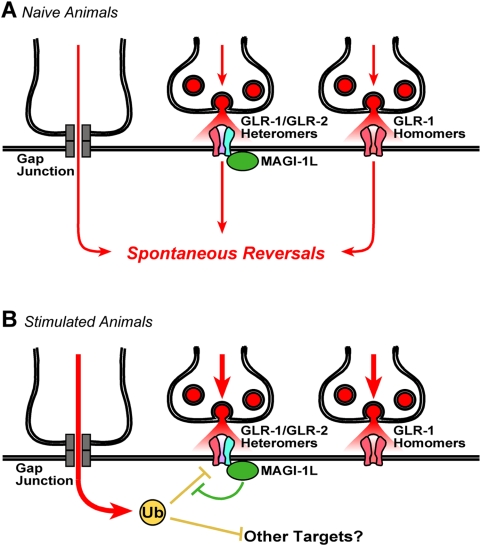Figure 8. A model for the modulation of the reversal circuit by prior activity.
(A) Reversal circuit synapses for wild-type animals likely contain heteromeric AMPAR channels comprised of GLR-1 (red) and GLR-2 (blue) subunits. MAGI-1L is shown as a green circle. The interneurons receive input (red arrows) from gap junctions and chemical synapses (synaptic vesicles are red circles). (B) Exposure to repeated mechanostimulation results in increased ubiquitination activity in the interneurons (only the activity from gap junctions is shown for simplicity). The removal of GLR-1/GLR-2 heteromers by ubiquitination (yellow T-bar) is prevented by MAGI-1L (green T-bar), which associates with the channel via its interaction with GLR-2. GLR-1 homomers appear to be immune to the effects of prior stimulation and MAGI-1L activity.

